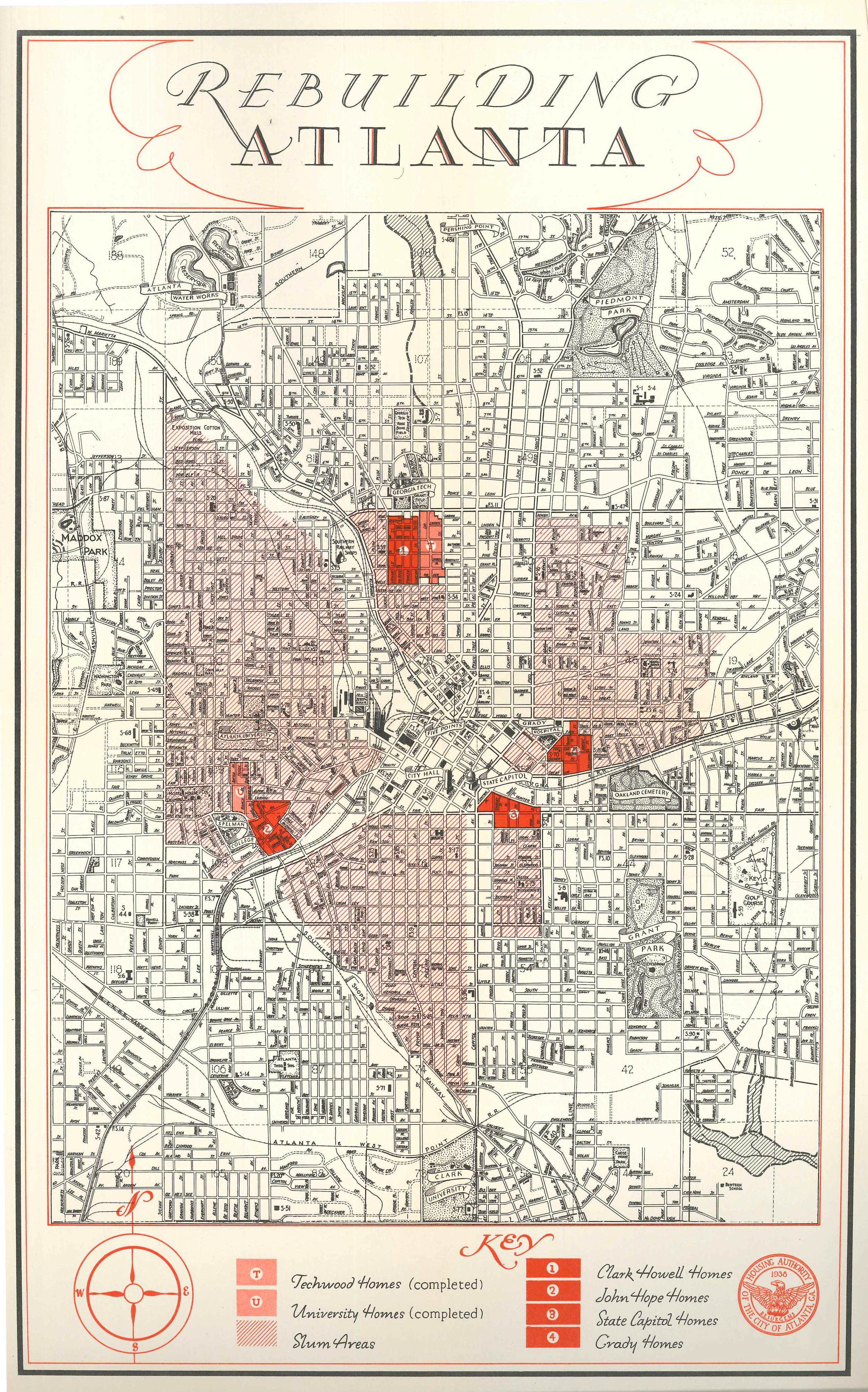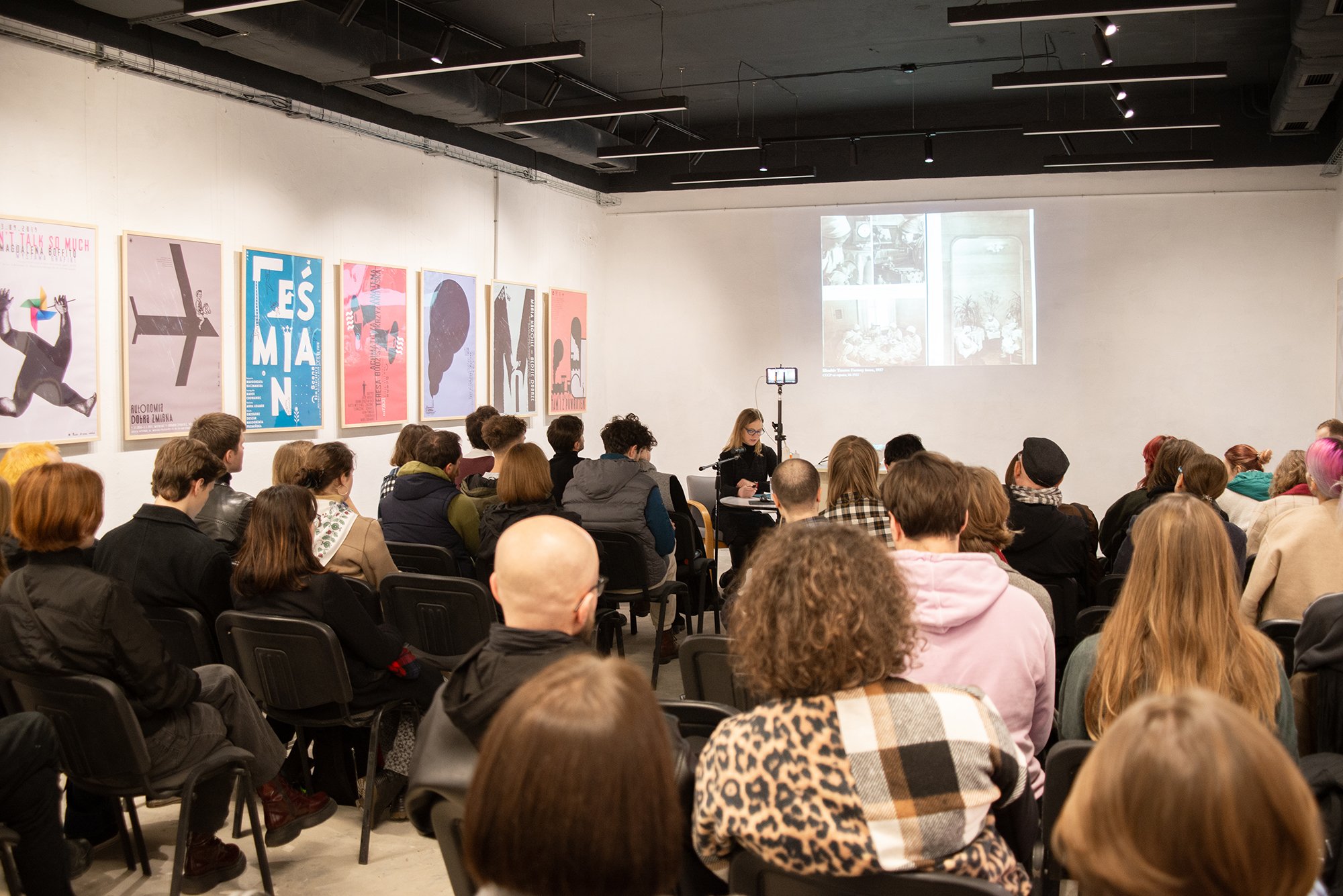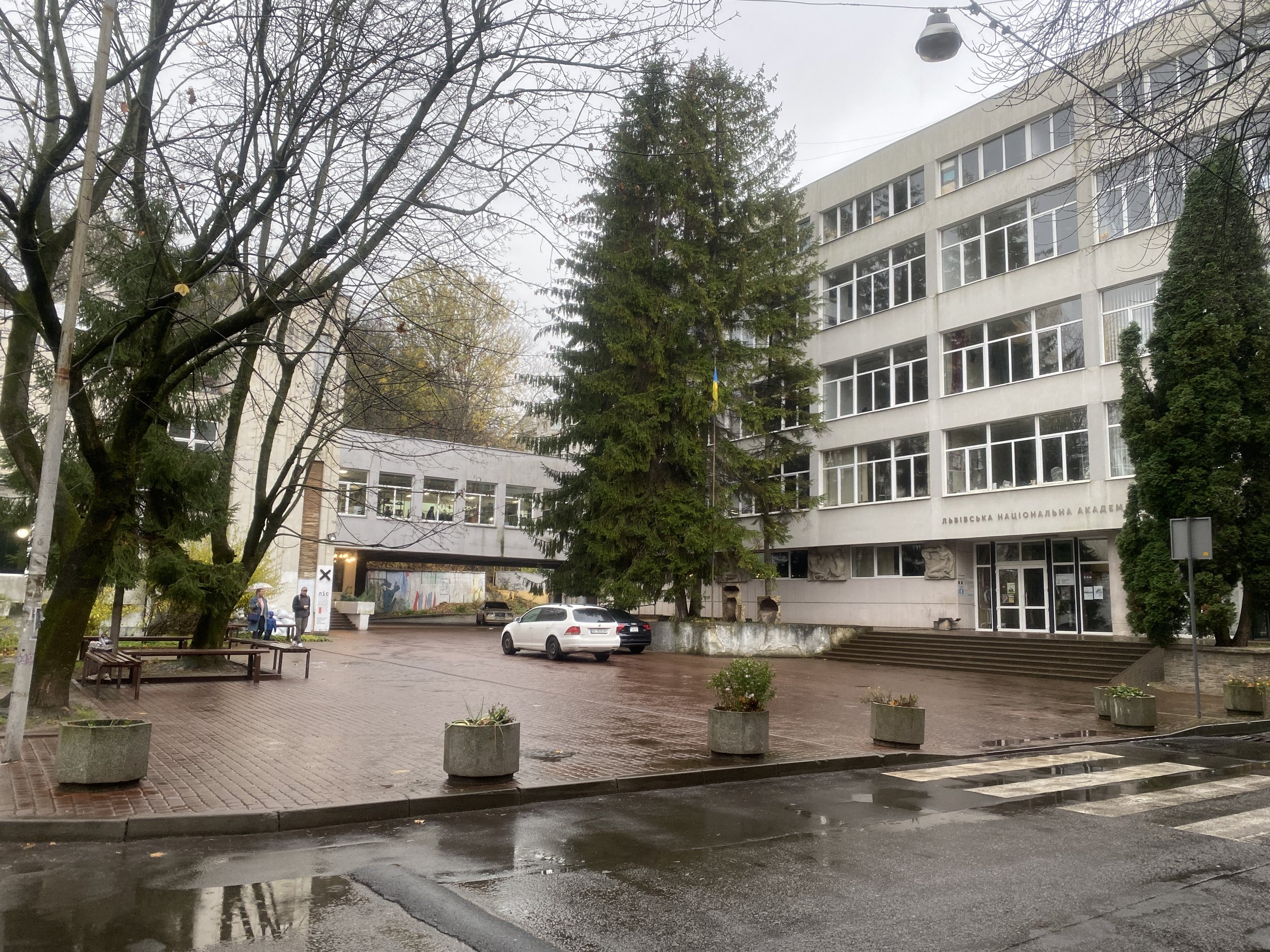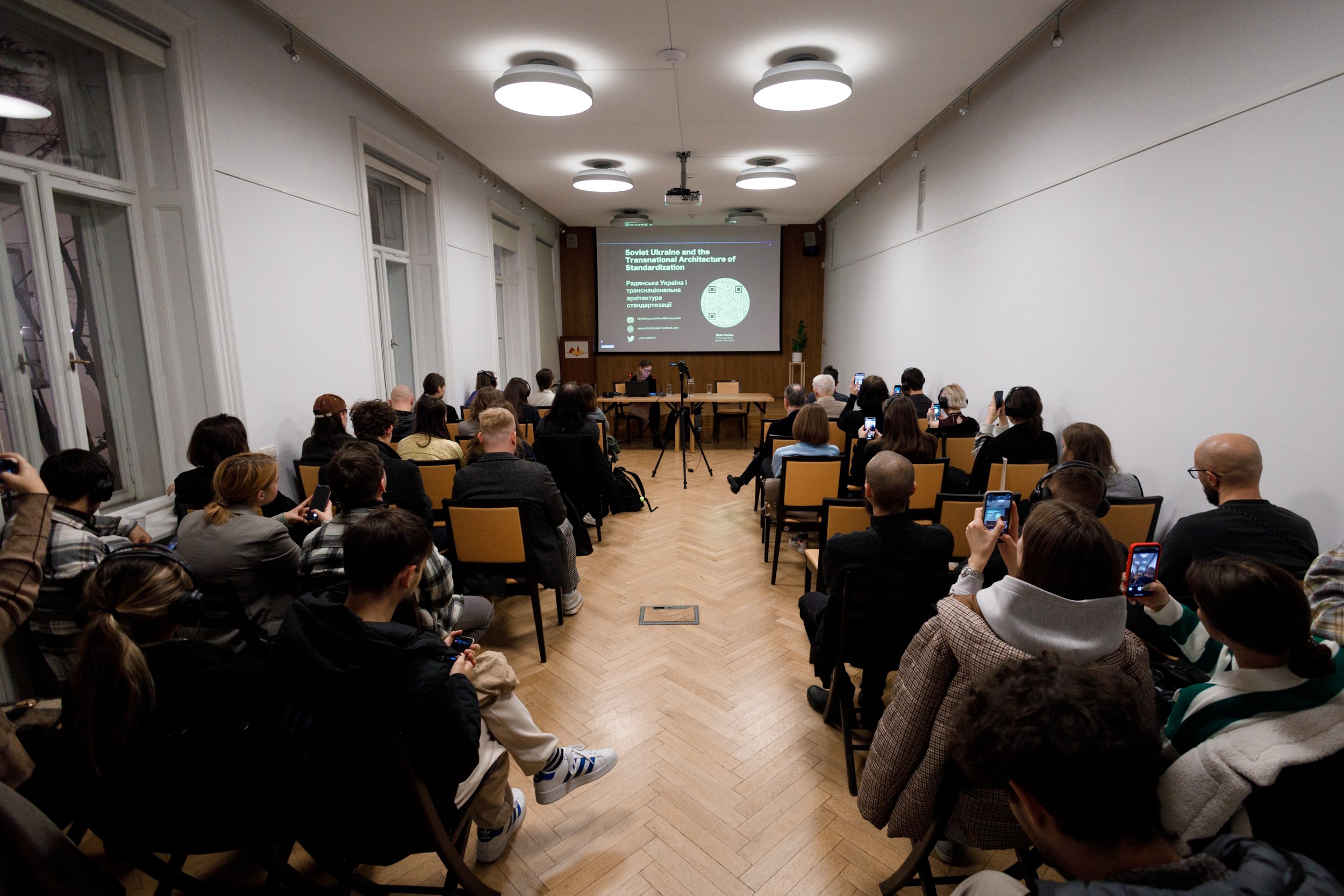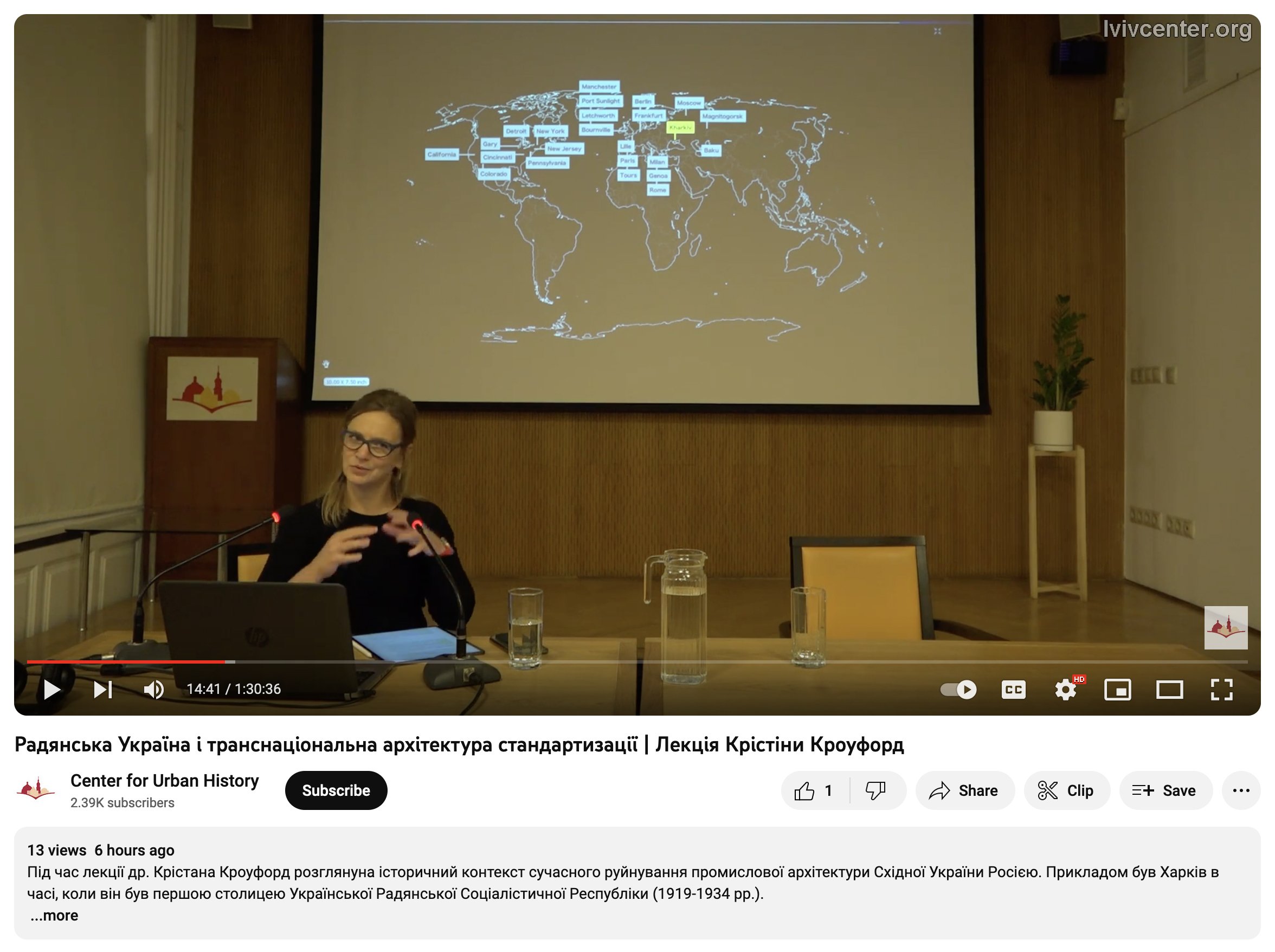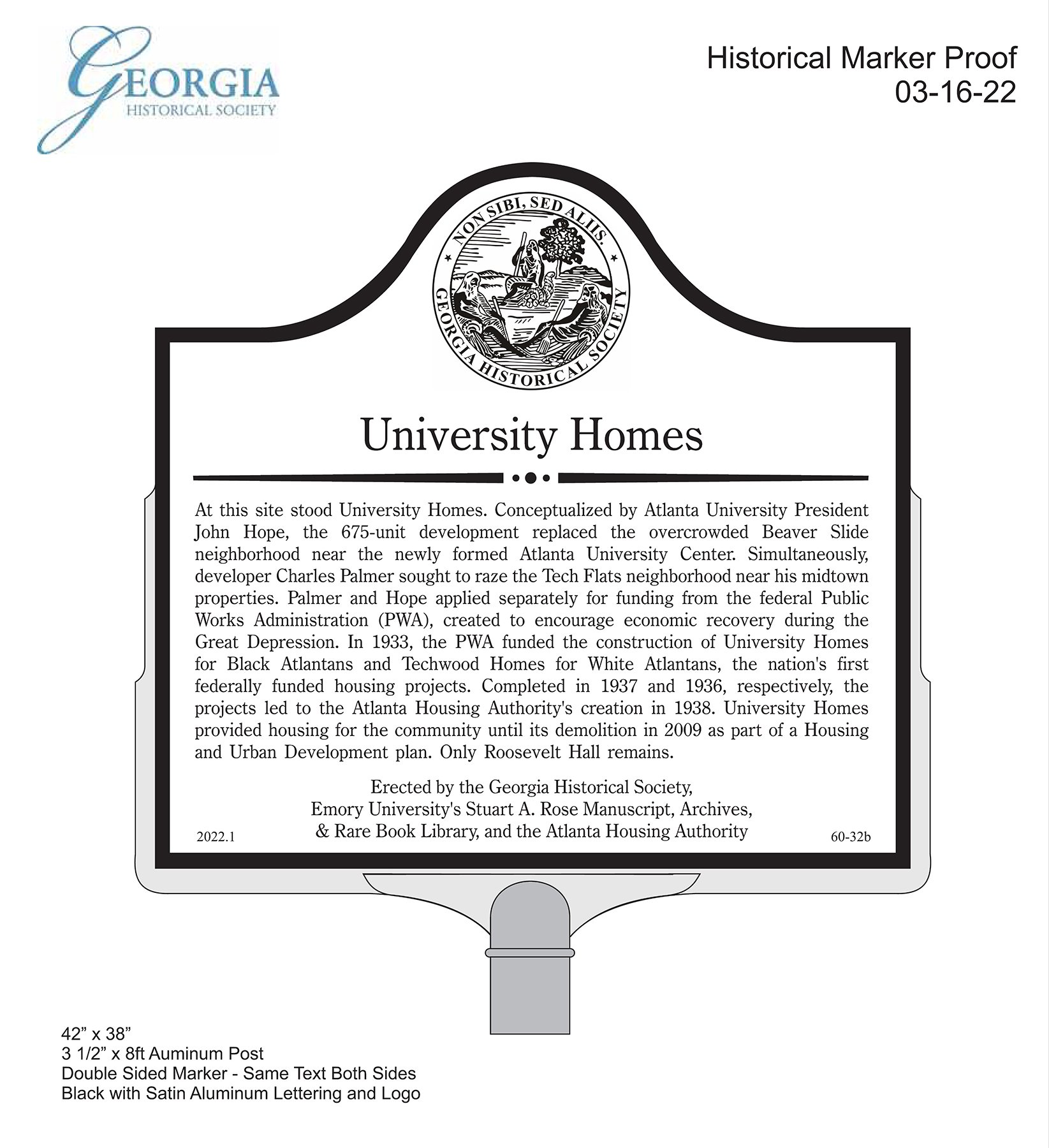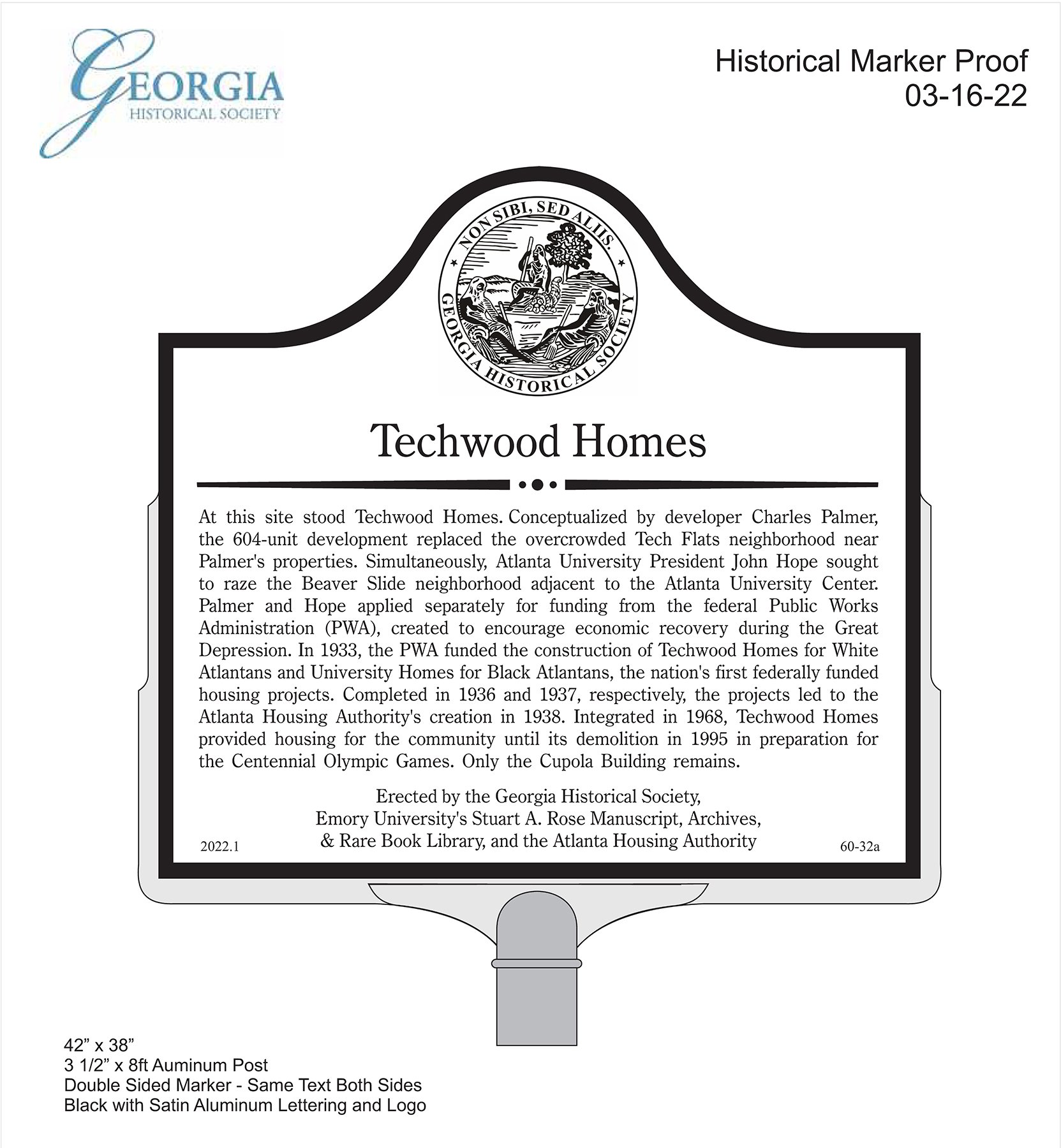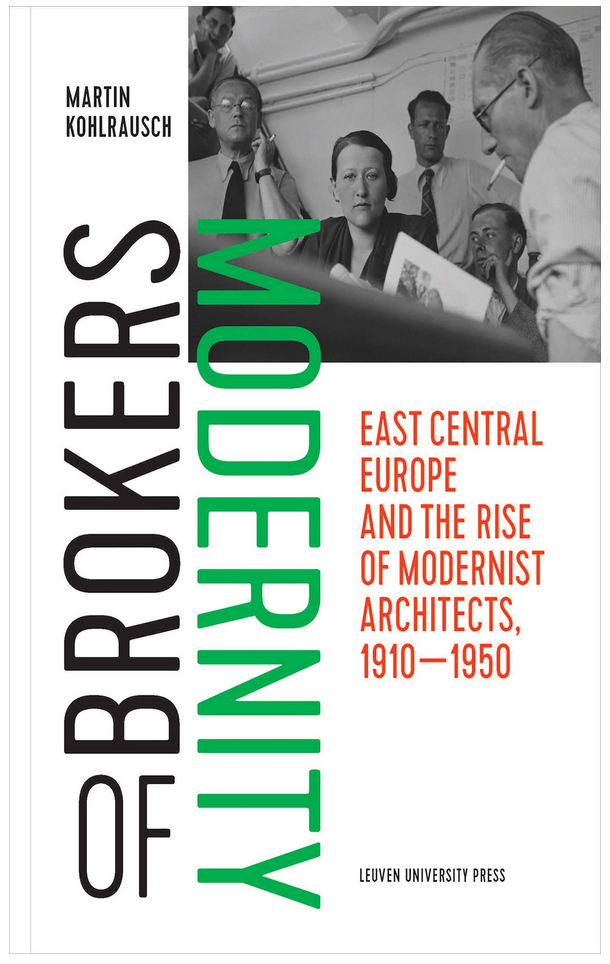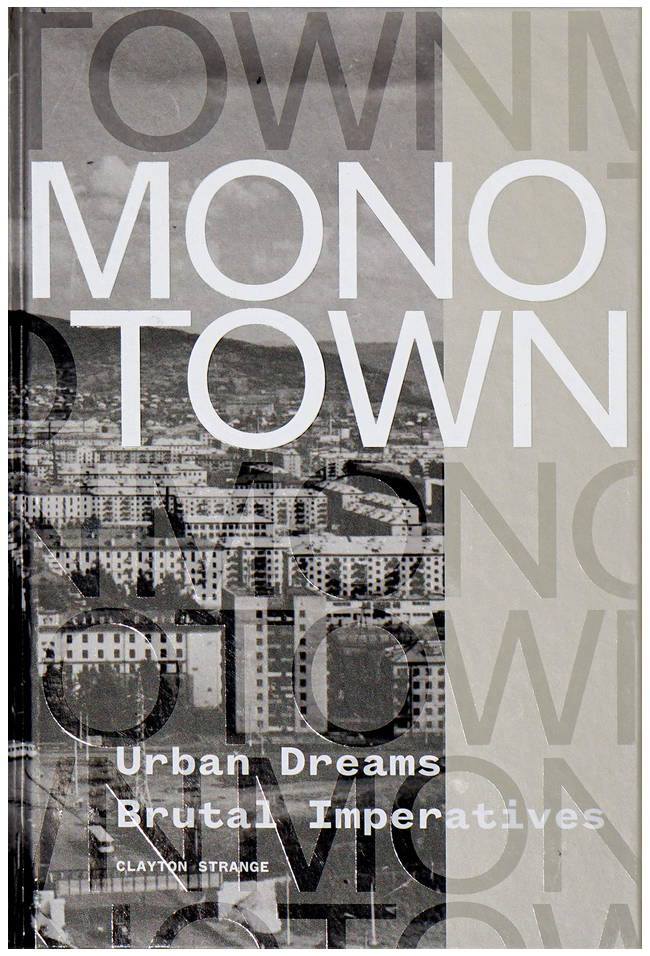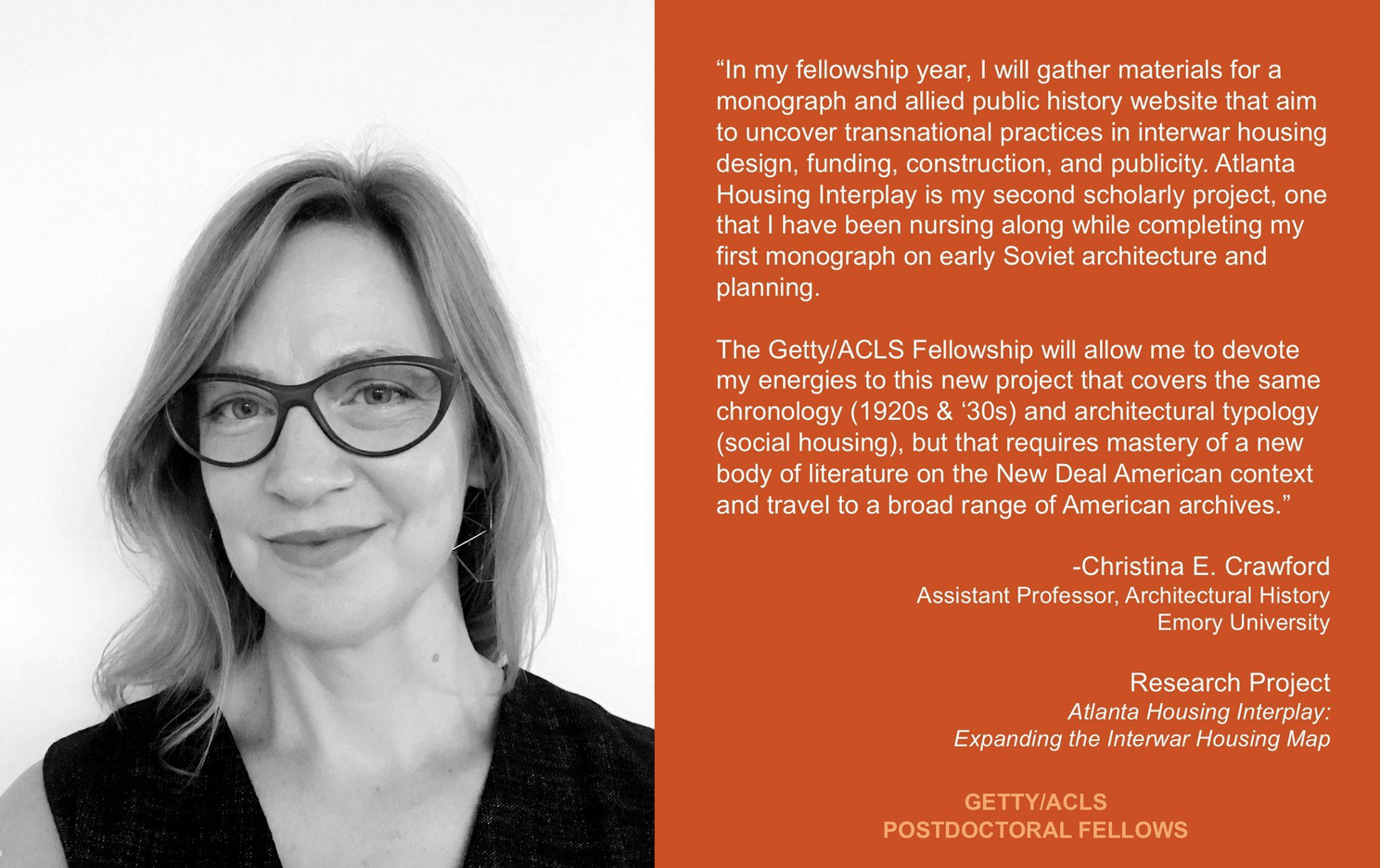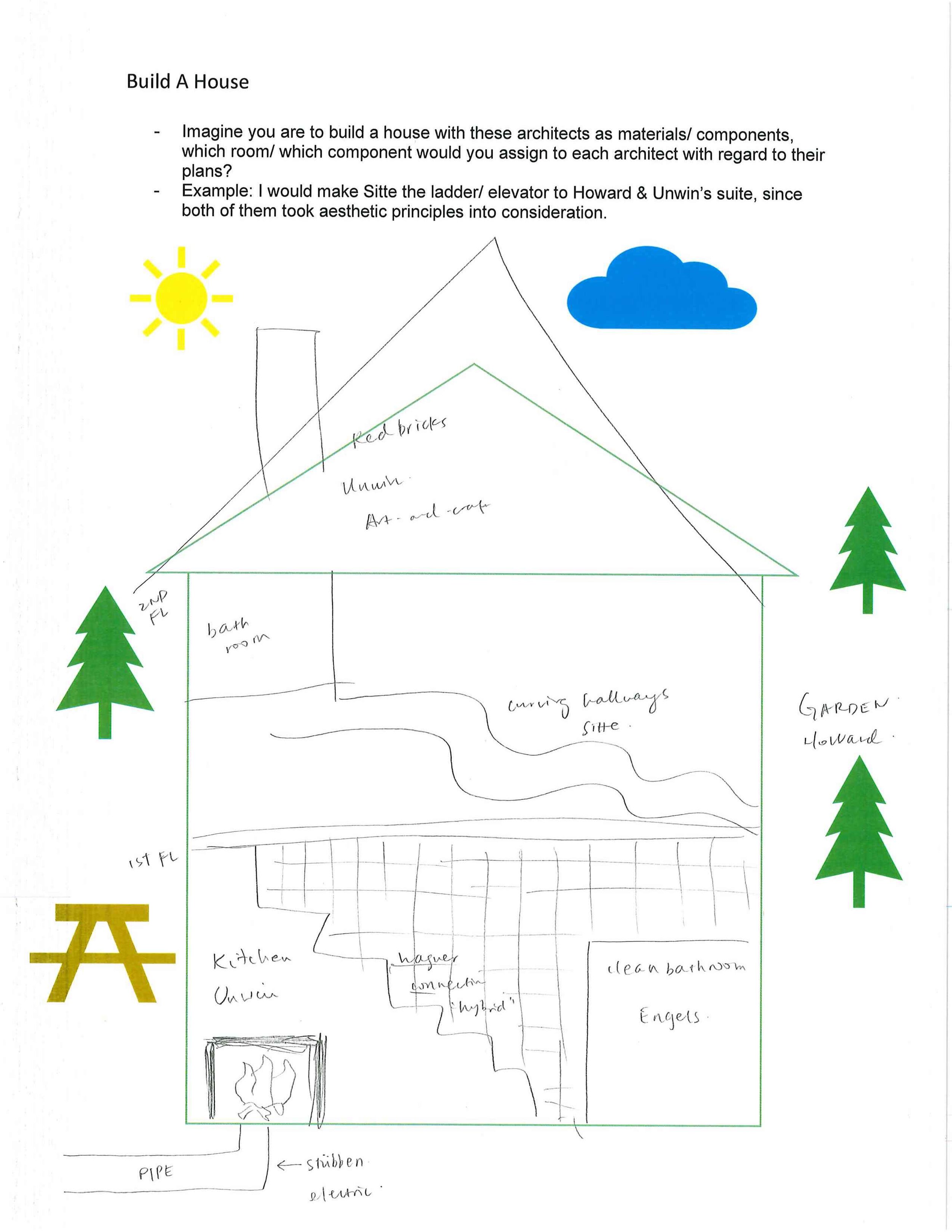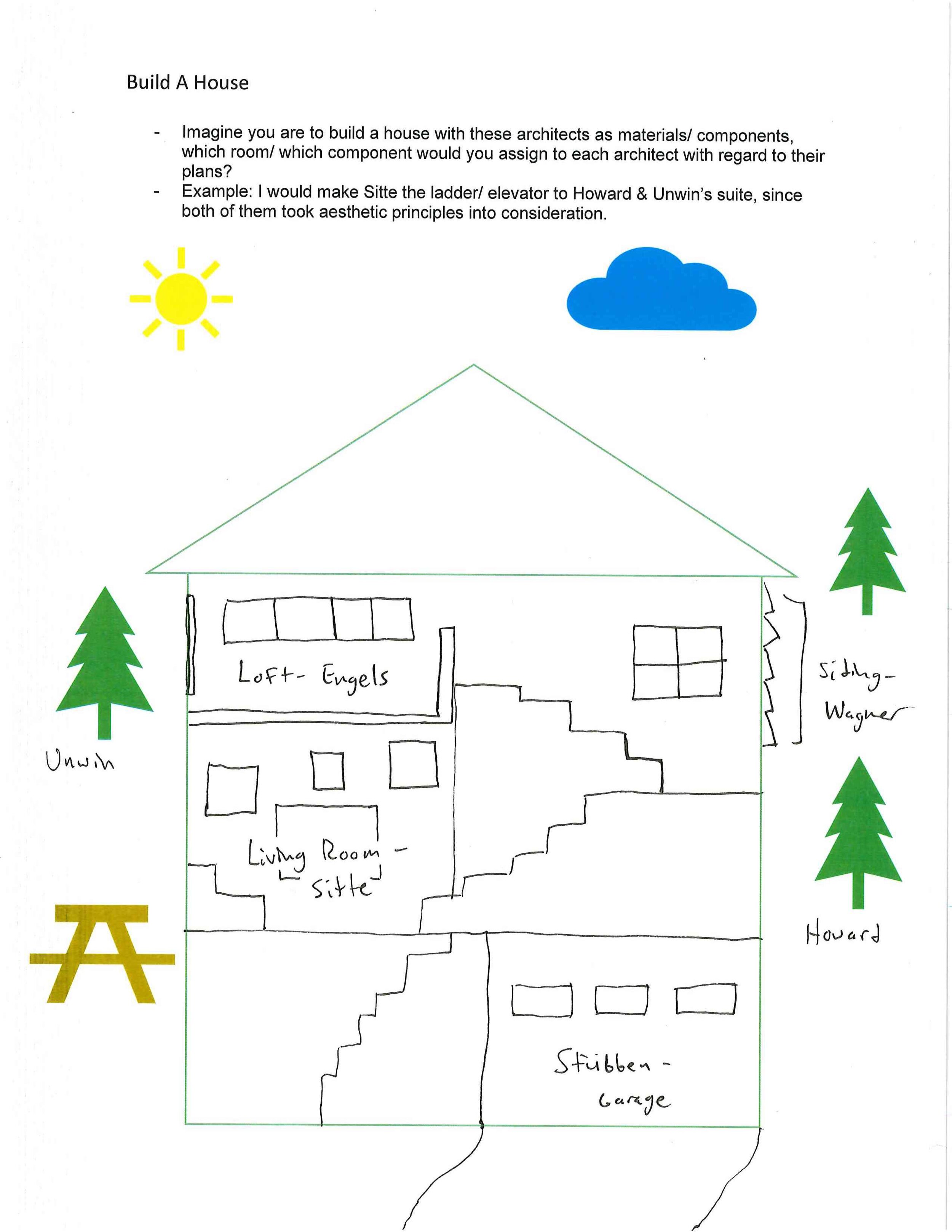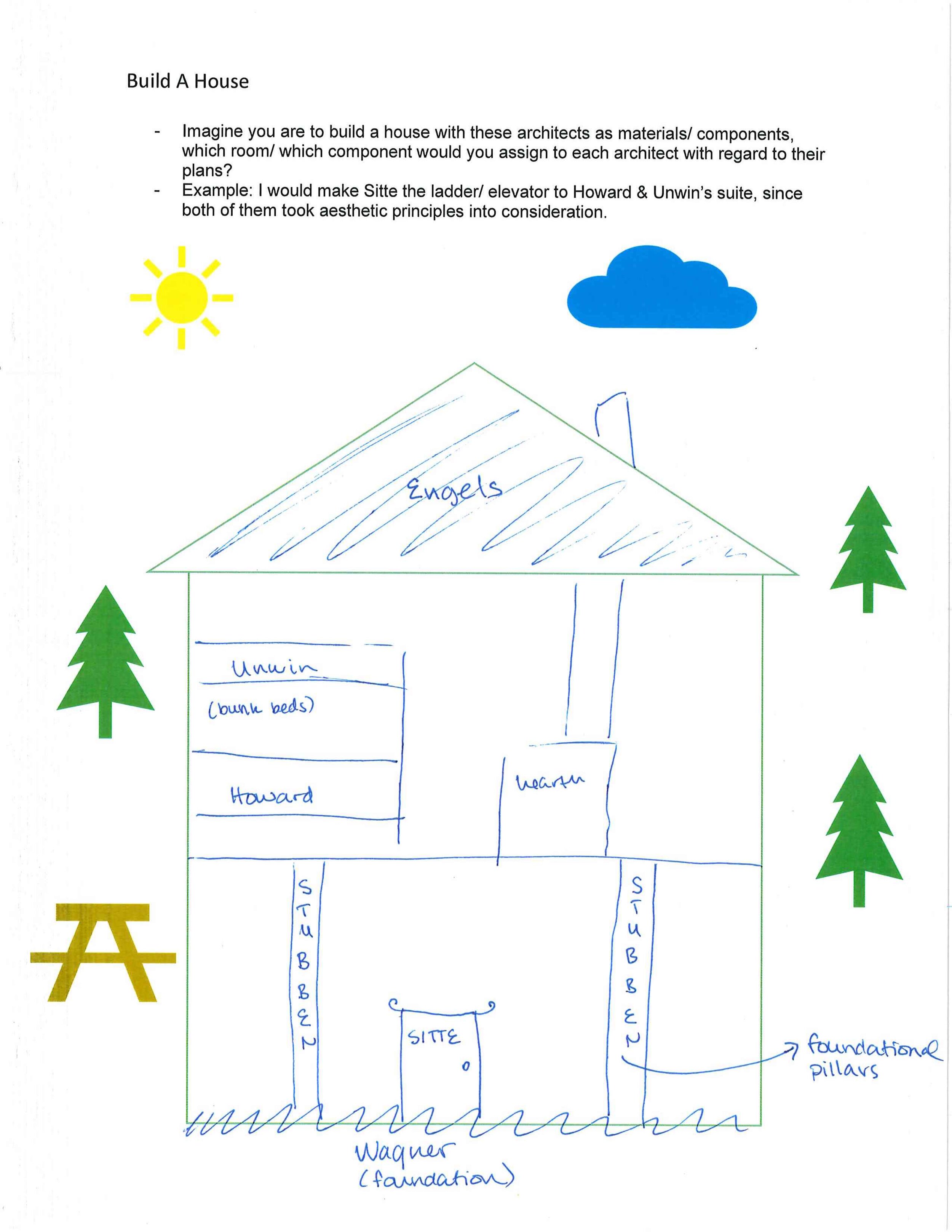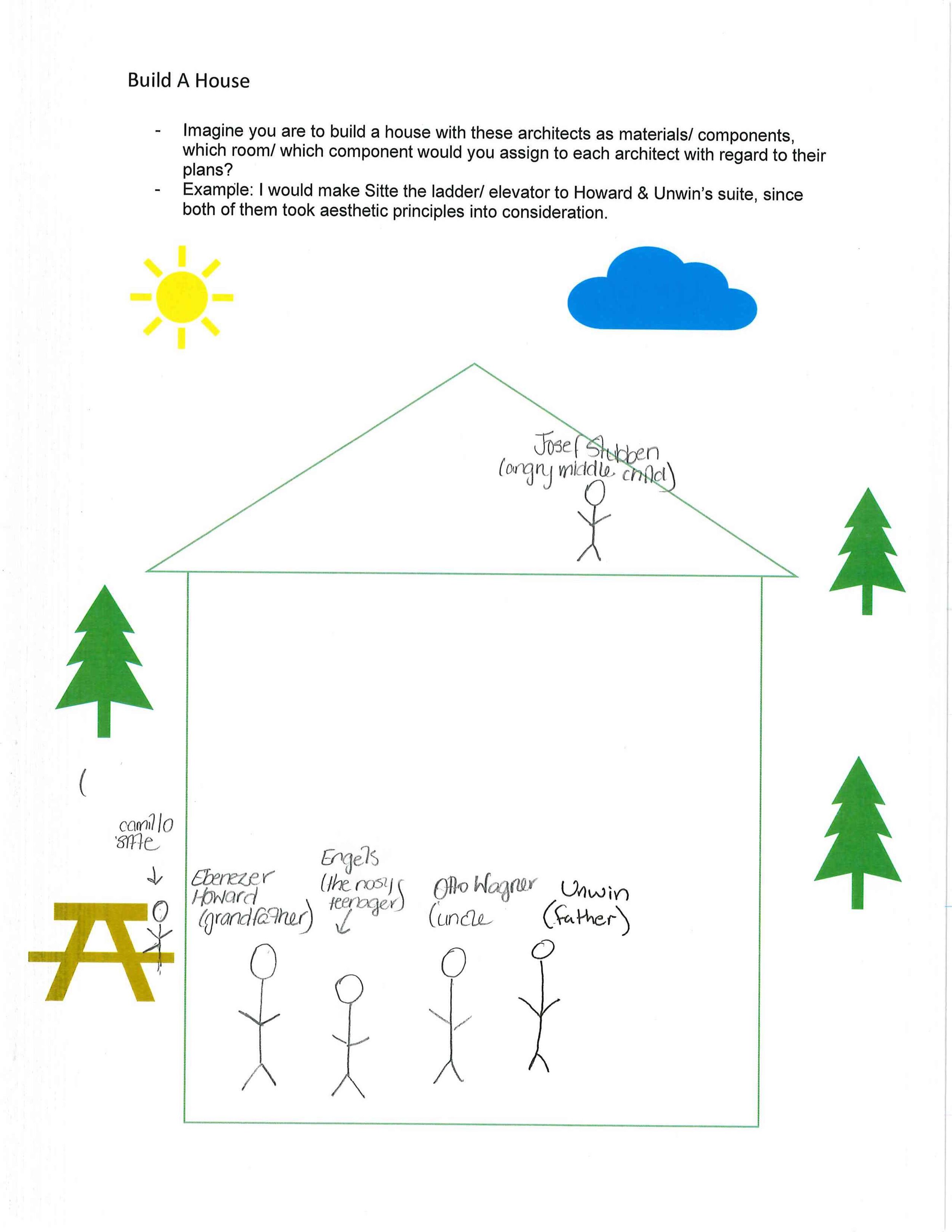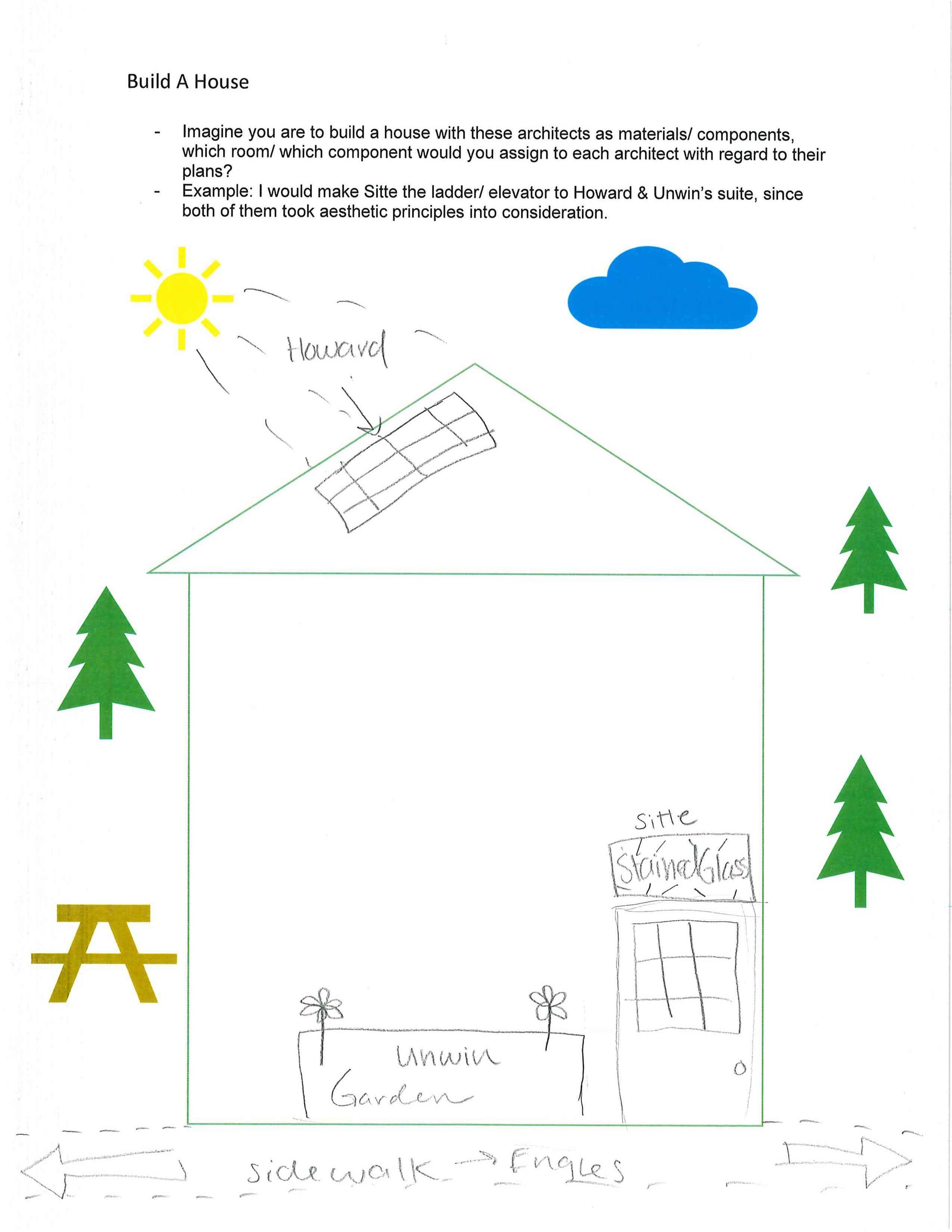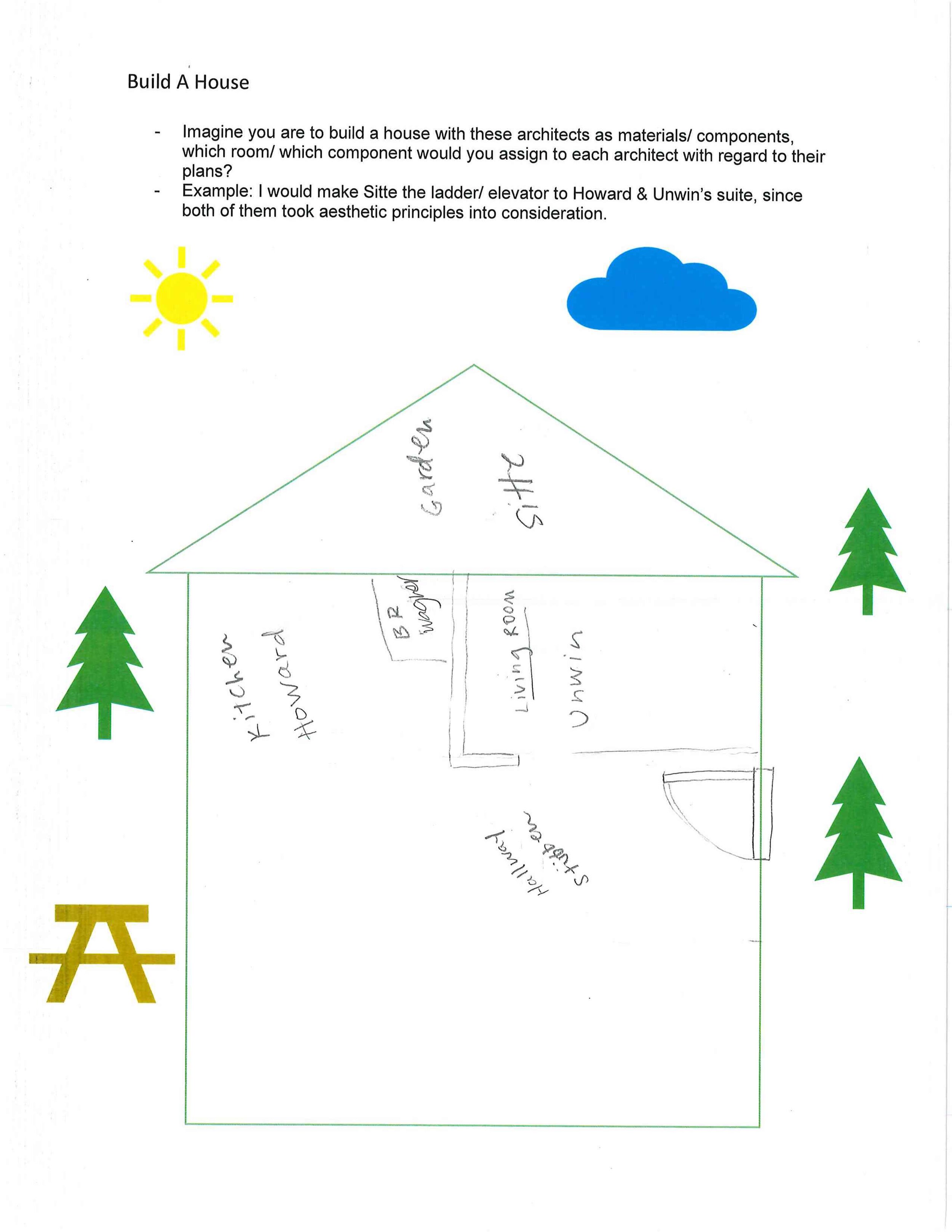My first book—Spatial Revolution: Architecture and Planning in the Early Soviet Union—won the Society of Architectural Historians’ Spiro Kostof Book Award “given to interdisciplinary studies of urban history that make the greatest contribution to our understanding of the growth and development of cities.” As an architect who discovered she was really at heart an urban designer, this award means a lot. According to Kostof’s NYT obituary, “he was noted for rejecting the traditional art historian's method of explaining architecture as a series of important buildings in a sequence of historical styles in favor of an approach that looked at architecture as a social and political act.” Yes, Professor Kostof. Definitely yes.
The committee’s citation is wonderful, and spot on:
“Spatial Revolution focuses on industrial-settlement case study projects in Baku (AZ), Magnitogorsk (RU) and Kharkiv (UA) to reveal how socialist ideology informed built works at both architectural and urban scales in peripheral but significant sites across a broad geographical scope. Christina E. Crawford examines the rapid development that ensued in the context of Stalin’s ambitious Five-Year Plan, which aimed to achieve productivity and equality by transforming rural landscapes into industrial landscapes and rural peasants into socialist workers. The author counters the “failure narrative” for Soviet projects, which emphasizes unrealized theoretical propositions, by advancing a “praxis narrative,” painstakingly documenting how on-the-ground experimentation and evolution drove design and construction as much as if not more than directives from above. Crawford argues that these projects were not produced in isolation but rather were informed by avant-garde efforts elsewhere, citing English garden cities, Weimar housing projects, and American industrial planning schemes. She also brings to light the innovation and distinctiveness of these built environments, persuasively refuting Henri Lefebvre’s argument that state socialism did not produce and architectural innovation or space of its own.”
Thanks to the committee members, SAH, Cornell University Press. Among the political acts is this: Spatial Revolution is Open Access, thanks to the Mellon Foundation and Emory University. Please, read it for free: https://library.oapen.org/handle/20.500.12657/62026





